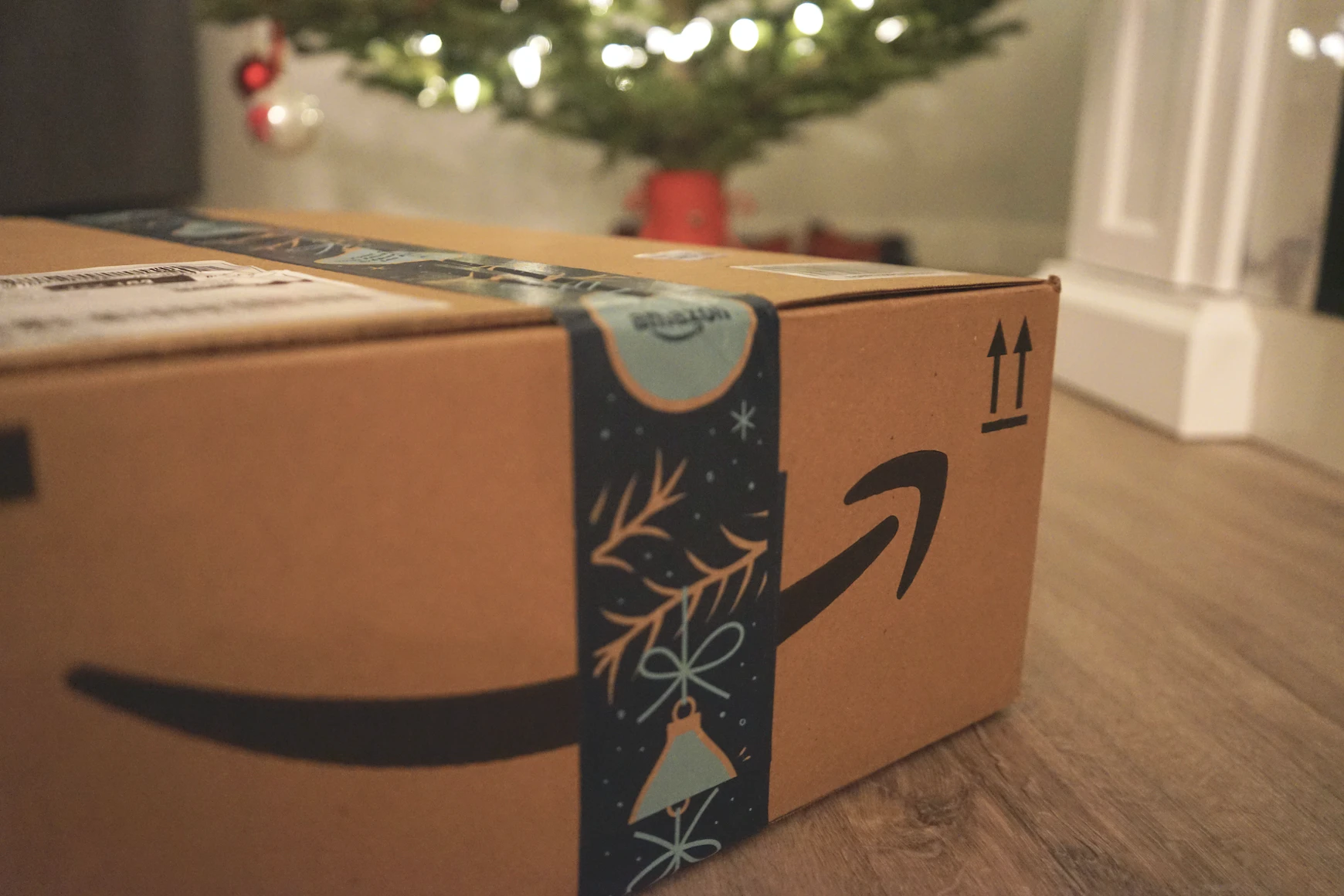In 2023, Amazon will remain one of the best e-commerce platforms (especially for those new to the e-commerce game). With 54% of all e-commerce searches taking place on the platform, it’s by far the largest product search engine.
Algorithmically, it’s much easier to gain traction on the platform quickly, and the ability to offer two-day shipping means customers can enjoy the convenience Amazon provides without you having to do it yourself. Before you can start selling, there are a few basics that you need to understand first. In this article, we’ll break down all you need to know, from the type of store you should set up to Amazon ad types.
FBA Or FBM: Which Model Is Best For Me?
After deciding you want to sell on Amazon, your biggest question is whether you want to sell using FBA (Fulfilled by Amazon) or FBM (Fulfilled by Merchant).
Amazon FBA

With the FBA model, you’ll send your entire inventory to an Amazon warehouse. From there, they will manage all of your orders and handle customer service. It’s a great option if you don’t have the bandwidth or resources to handle order fulfilment yourself or outsource it to a different firm. However, your margins will suffer. FBA accounts typically have a higher rate of returns compared to FBM, and Amazon also takes a cut of sales.
Amazon FBM
With the FBM model, you’ll handle everything. Storage, shipping, and customer service are your responsibility to get sorted. The upside is that your margins will be much higher. However, you’ll need a powerful backend system to automatically update inventory and fees across all your channels. FBM is best for sellers who already run a dropshipping business through other channels. It also works well for individual sellers who make unique, small-batch products.
Finding The Right Product
If you don’t have a product already, your next step is finding one. The best way to find the right product to sell on Amazon is to use Amazon’s abundance of data to your advantage. Using Jungle Scout or Helium 10, you can research different product categories and trends to find the best one for you. You can also filter searches based on a variety of parameters, such as BSR (Best Seller Rank), reviews, and pricing.
If you use Helium 10, you can look for products with a low CPR, or the number of products you need to sell over an eight-day period to rank on page one for an Amazon keyword. If your goal is to find any product, keep an open mind; the most profitable ones are never the ones you think.
Setting up Your Store
Once you have your product, you can finally start setting up your store. Go to sellercentral.amazon.com and create an account with all the relevant information about yourself and your business. Typically, setup will follow these steps:
Registration
Your first step is to create an account on Amazon Seller Central. The page will ask for basic contact and payment details. You’ll have the option to choose between a Professional Seller Account and an Individual Seller Account. Professional accounts allow you to access additional features, such as bulk uploading of product listings; however, they have a monthly fee associated with the account ($39.99/month).
Product Listings
Listing your products is fairly straightforward, but you want to make sure you do it right. Product descriptions should be keyword-optimized to help you rank for relevant keywords and search terms.
For your product descriptions, you’ll want to include all the information you possibly can, including features, benefits, and uses for your product. Writing them out requires a different approach than a branded site (a Shopify store). It’s more about keywords and information than your specific brand voice, though you should also include that. You’ll also want to include the following content:
- Several product images, including some close-ups
- Photos of the product in action or staged next to other products
- Clear product descriptions with as many details as possible, including dimensions, materials, and warranties
- At least one product video or minute-long how-to
Product Pricing
Amazon’s algorithms work very quickly. In just eight days, you could hypothetically rank on the first page of search results for a keyword. To get the ball rolling, you have to use penetration pricing in the beginning.
To incentivize sales and reviews, you may offer up to a 90% discount on your first units sold. Some Amazon sellers even offer free products to get the algorithm to pick up on their product gaining traction. You’ll also need to research your competitors’ prices and make sure you’re competitive. Amazon’s Buy Box algorithm rewards those who offer low prices for in-demand products, and your immediate goal should be to make more sales, not profit.
Run Ads
Once your store is up and running, you need to advertise for your most important keywords. Amazon has several ad types. These include:
- Sponsored product ads: This is the most popular Amazon ad type. Specific keywords trigger these ads and include product images, pricing, and other relevant details. They appear in search results pages and product detail pages and convert really well.
- Headline search ads: These appear at the top of a search result page. These ads have limited space but appear across the entire Amazon network.
- Product display ads: These ads appear on product detail pages and show up when a customer is viewing a particular item. They are great for cross-selling or upsells since shoppers will already be interested in your products.
To make sure you get the most out of your advertising budget, use an automated tool like PPC Scope. This tool helps you find and bid on the most profitable keywords, optimize your campaigns, and keep track of your Amazon ad performance.
Conclusion
Selling on Amazon can be a lucrative venture if you are willing to put in the effort to research products, set up your store, and advertise across different channels. It’s a great way to increase sales and grow your business. Starting out with the basics outlined in this guide will help you get off the ground and ready to start selling.
Read Also:
- 4 MUST-HAVE FEATURES OF AN ECOMMERCE MANAGEMENT COMPANY
- PRINT ON DEMAND PRODUCTS TO SELL IN 2020
- 8 BEST ECOMMERCE PLATFORMS IN 2021
The post Selling On Amazon: Getting Started With The Basics appeared first on Social Media Magazine.

